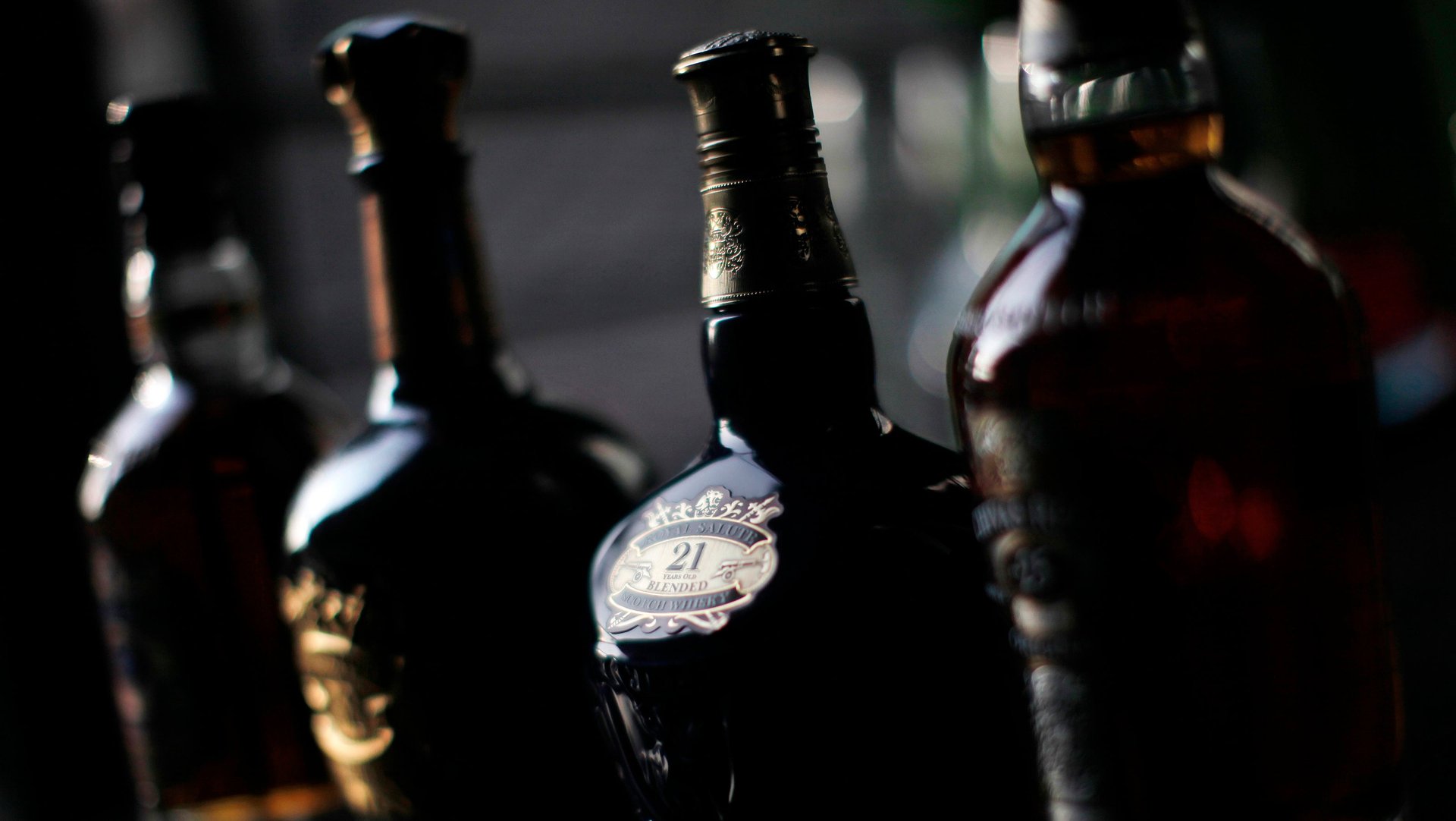For three decades, Danes and Canadians have been waging an epic, bloodless “whiskey war”
The national governments of Canada and Denmark are locked in a heated land dispute.


The national governments of Canada and Denmark are locked in a heated land dispute.
Never mind that the land in question is a half-square-mile of barren, uninhabited island, possessing absolutely no natural resources and located in a wayward stretch of ocean in the Arctic North; it’s the principle that matters, of course. And so Canada and Denmark are each vying for control of Hans Island, a territory (or, more accurately, a large rock) to which both countries have laid claim since the early 1930s.

But the battle tactics they’re using are all in good humor. In 1984, when Denmark’s foreign affairs minister visited the island—which technically sits in both countries’ waters, in the middle of the 22-mile-wide Nares Strait that divides Denmark-controlled Greenland from Canada—he planted a Danish flagpole and buried a bottle of brandy at its base.
The so-called whiskey war has been waged by the countries ever since.
When the Danish military visits the island nowadays, they leave a bottle of schnapps, according to Peter Taksoe-Jensen, the Danish ambassador to the US.
And when Canadian forces come, Taksoe-Jensen says, they “leave a bottle of Canadian Club and a sign saying ‘Welcome to Canada.'”
Hans Island was first explored by Americans and Europeans in the 19th century, though Inuit living in Canada or Greenland had likely encountered the land centuries before. In 1933, the island was declared Danish territory by the League of Nations’ world court—but since the court dissolved in the 1940s, Canada and Denmark have both claimed the island as theirs. While several treaties and agreements have been attempted, Hans Island doesn’t still officially belong to either country.
But it’s hard to imagine the dispute will be escalating anytime soon. As Canadian news agency CBC notes:
The militaries of both countries periodically visit to remove the other guy’s flag and leave a bottle of Danish schnapps or Canadian whisky.
Under the terms of a 2005 agreement, both countries have agreed to inform the other before they visit.